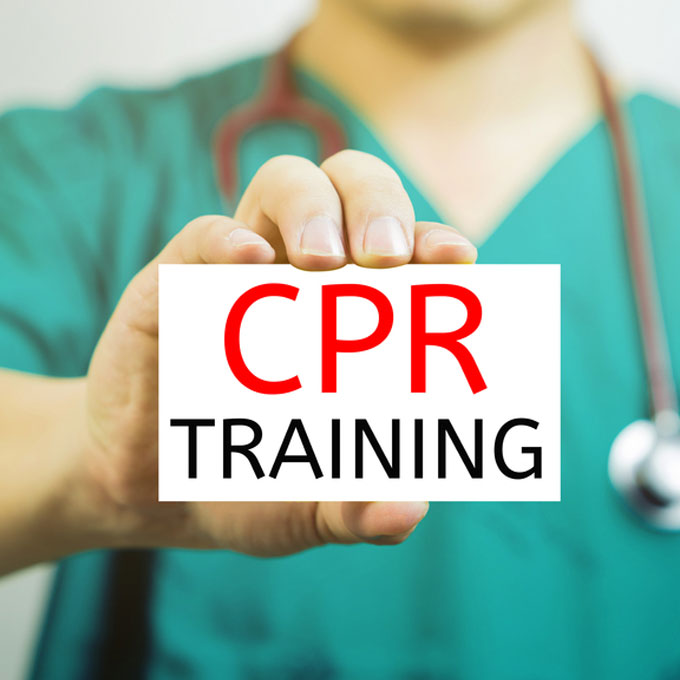Basic Life Support – Blended Learning Course

Description
This 4 hour course combines self-paced online training with an Instructor-led classroom session. Students first learn the 90 minute course content online. After passing the included online exam, they attend an Instructor-led, video-based 2 hour classroom portion focused on skills practice, debriefing, team scenarios, discussions of local protocols, and skills testing.
- The online portion allows students to complete exercises and learn at their own pace.
- The classroom portion allows time for practice and discussion.
- Students have access to HeartCode BLS for 24 months after activation, allowing them to revisit simulations and videos after they complete the course.
Course Materials: BLS First Aid CPR AED online
Basic Life Support (BLS)
This course is designed for healthcare professionals and other personnel who need to know how to perform CPR and other basic cardiovascular life support skills. Basic Life Support (BLS) is the foundation for saving lives after cardiac arrest. This course teaches both single-rescuer and team basic life support skills for application in both in-facility and prehospital settings. In-facility refers to healthcare providers who work in a hospital, clinic, or other healthcare facility including a dental office, skilled nursing, and assisted living facilities.
Certification
All students must pass a written exam and skills test in order to qualify for a BLS Course Completion Card. Upon successful completion of the course, students receive a BLS course completion card, valid for two years.
Target Audience
Physicians; nurses; paramedics, emergency medical technicians, police officers, firefighters, respiratory physical, and occupational therapists; physician’s assistants; residents or fellows; medical or nursing students in training; aides, medical or nursing assistants, and other allied health personnel; lay people whose work brings them into contact with members of the public, such as school, fitness center, or hotel and restaurant employees.
After successfully completing the BLS course, students should be able to:
- describe the importance of high-quality CPR and its impact on survival
- describe all of the steps of the Chain of Survival and apply its BLS concepts
- recognize the signs of someone needing CPR
- perform high-quality CPR on adults, children, and infants
- describe the importance of early AED use and demonstrate using one
- provide effective ventilations with a barrier device
- describe the importance of teams in multirescuer resuscitation and perform as an effective team member during multirescuer CPR
- describe the technique for relief of foreign-body airway obstruction (choking) for adults and infants.